It's time to escape the everyday grind and embark on unforgettable adventures.
If you have IBS, between managing symptoms and the demands of everyday life, chances are you need a vacation. (And not one of those whirlwind ones…a sit by the ocean for a week vacation.)
But traveling with IBS is not so simple. If you need to restrict FODMAPs to manage your symptoms, a vacation without preparation can become a painful disaster. So before you head to the beach, here are 8 things to do before going on vacation on a Low FODMAP diet for IBS:
#1- Complete the Low FODMAP diet reintroduction phases before your trip, if possible.
It is MUCH easier to limit foods rich in one or two categories of FODMAPs that cause your symptoms than limiting them all. According to Monash University researchers, the most restrictive phase should only be 2-6 weeks. This limit is important to protect beneficial gut microbiota, which may be reduced when restricting FODMAPs for too long. If your doctor recommends you try a Low FODMAP diet, and you want to go on vacation in 3 months, then get thee to an RD ASAP. Getting started now with professional help means you will have fewer restrictions (and hopefully fewer symptoms!) when you’re on vacation.
Once you complete the challenge phase, in addition to having fewer restrictions, you could find alternatives that work to manage your symptoms. For example, if you learn lactose triggers your symptoms, then you see if lactase supplementation reduces your symptoms without a lactose restriction.
#2- Travel where you speak the language or learn key phrases.
When you can’t speak to the restaurant wait staff while trying to implement dietary restrictions that are new-to-you, eating out can be super stressful. If you’re traveling where you don’t speak the language, learn a few useful phrases in the language of the country that you’re visiting. Politely communicate about limiting the common FODMAPs in their cuisine that bother you the most with phrases like:
- No garlic
- No onion
- Dressing on the side
- Rice instead of pasta
- Potatoes instead of bread
- Over lettuce instead of on bread
Bonus tip: Print the phrases you think you will need in the language of your destination on cardstock the size of a business card and keep it with you. If you need help communicating at a restaurant, show the card to the staff.
#3- Pack portable Low FODMAP snacks.
Protein bars such as Fody Foods, BelliWelli bars, and more can be good options as a dessert or snacks. Low FODMAP nuts and seeds, such as peanuts or pumpkin seeds, or portable fruit, such as oranges, are great options to pack or purchase at your destination.
#4- Research the water situation.
Traveler’s diarrhea or post-infectious IBS from contaminated food or beverages could throw a wrench in the works of your gut healing journey. Before you leave, make sure you know whether the tap water will be safe for you to drink or for washing fresh produce. If not, make a plan to locate safe water when you arrive. Consuming cooked food rather than fresh food and choosing factory-sealed beverages without ice are a few tips to limit the risk of exposure to potentially risky water, but check out the CDC for great tips about which beverages foods are usually safe or typically risky when traveling.
#5- Book accommodations with a kitchen and check out local shops and farmer’s markets for food to prepare for yourself.
Vacation is not meant to be stressful. But going out to eat can be more stressful than preparing food yourself when you’re implementing new-to-you diet restrictions. A kitchen allows you to buy, store, and prepare your own food--and to bring and store items like your favorite gluten-free bread from home. Plus, visiting farmers' markets and local shops is a great way to learn about the local food and culture.
#6- Research restaurants ahead of time.
Check out menus online, and don’t be afraid to call restaurants you plan to visit. Often minor tweaks like leaving the sauce on the side, skipping the dip, or requesting a meal be served on potatoes or rice rather than bread or pasta can make more of the menu FODMAP-friendly. Restaurants that make food to order will typically be able to accommodate diet restrictions more easily.
#7- Download the Monash FODMAP app to check portion sizes on the go.
Even the most restrictive part of the Low FODMAP diet is NOT a full elimination diet. Small portions of many FODMAP-rich foods can be included, but you need a way to check when you have a question or are introduced to a new-to-you food. You can get the app here!
#8- Look up traditional foods at your destination.
Finding authentic recipes online ahead of time will help you determine which ones are likely low or high FODMAP and in what portion sizes.
- Halmos, E. P., Christophersen, C. T., Bird, A. R., Shepherd, S. J., Gibson, P. R., & Muir, J. G. (2015). Diets that differ in their FODMAP content alter the colonic luminal microenvironment. Gut, 64(1), 93–100.
- Barrett , J., & Tuck, C. (2015, June 8). A low FODMAP diet is not for life. Monash Fodmap.
- Monash University. (2016, March 10). Travelling on a low fodmap diet. Monash FODMAP.
- Centers for Disease Control and Prevention. (2022a, May 3). Travelers’ diarrhea. Centers for Disease Control and Prevention.
- Centers for Disease Control and Prevention. (2022, November 8). Choose safe food and drinks when traveling. Centers for Disease Control and Prevention.




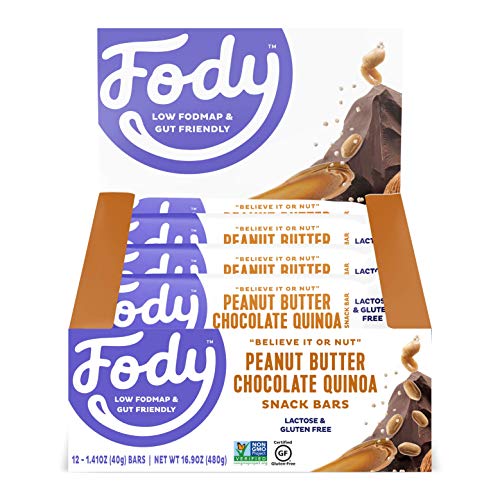
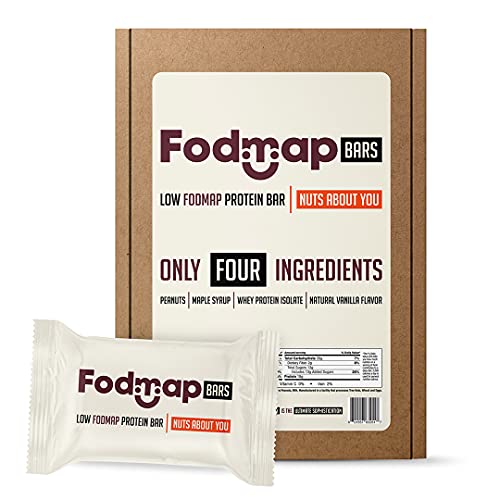



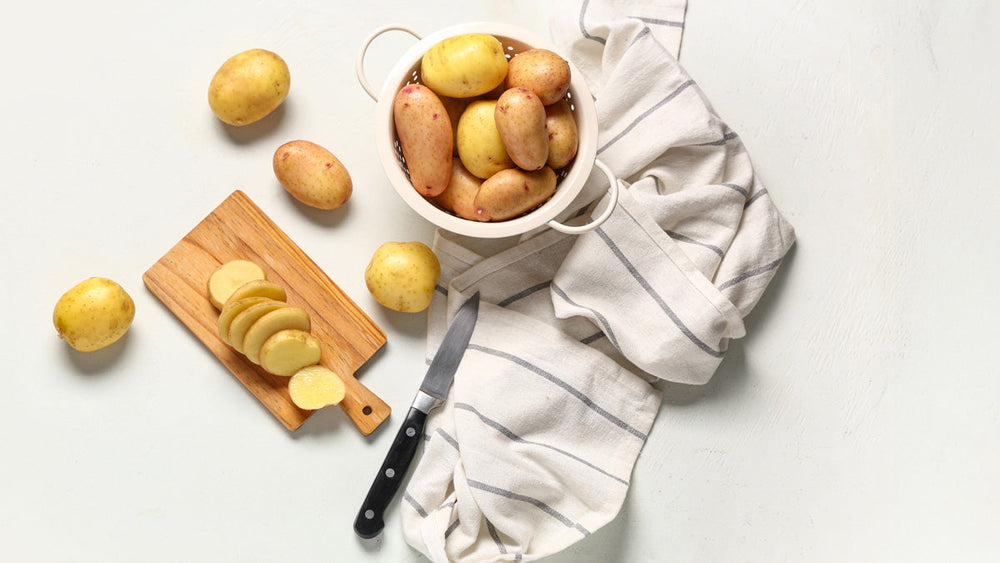

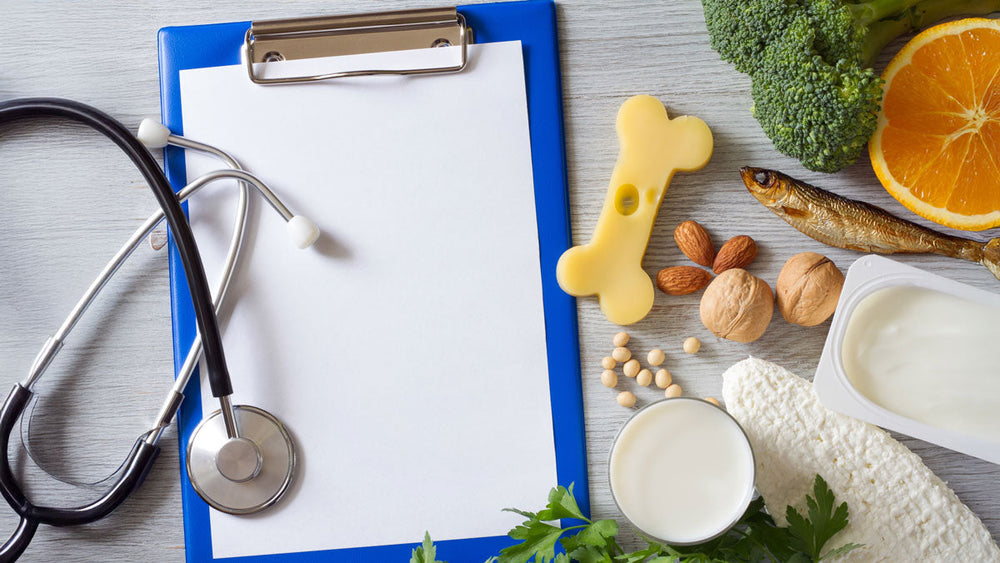

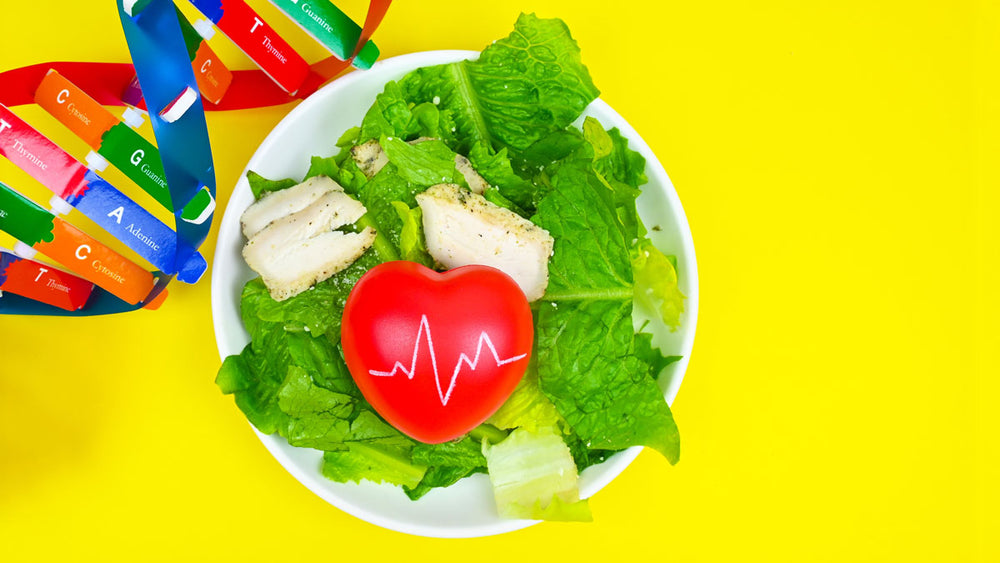

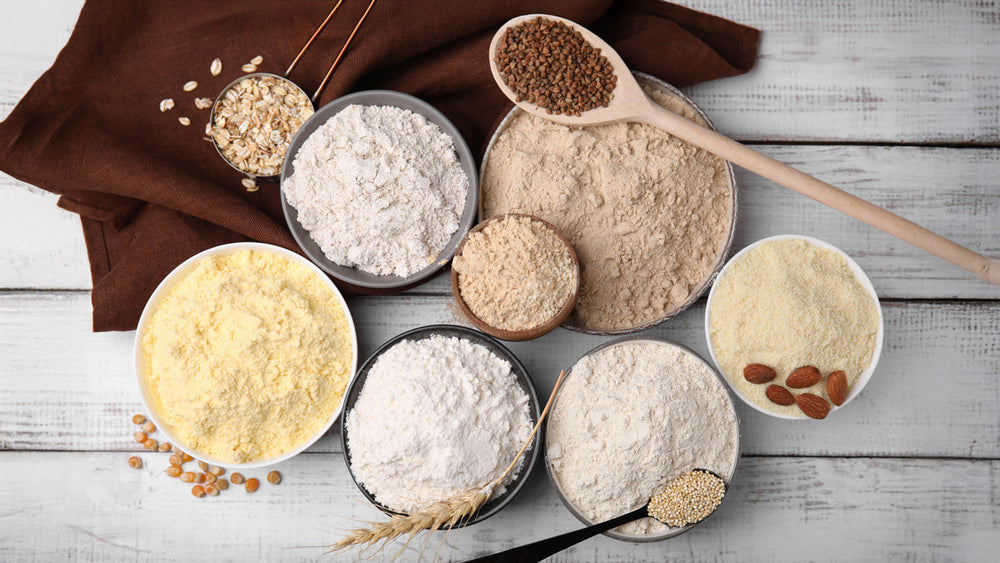


Comments
Join The Conversation...